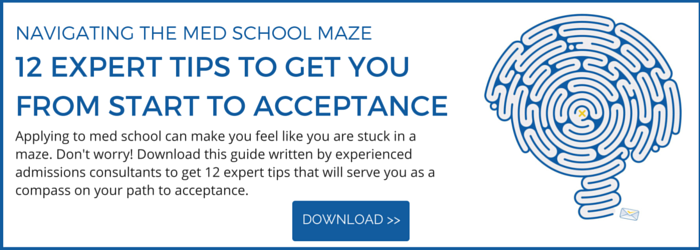
The new requirement seems to be working. According to JAMA, researchers studied the shifting demographics of med students during the period 2002-2017, finding an increase in diversity among enrolled students, especially since 2012. They believe that this is the first year that the new criteria could come into effect.
However, change is slow. In 2017, 58.9% of entering med school students were white, down less than 10% from 2002.
From 2002-2012, the percentage of female and black students decreased every year while the percentage of Latino and Asian students increased. However, since 2012, the percentage of female and black students beginning med school started a slow but steady growth.
Student Sex, Race & Ethnicity in 2002 and in 2017:
Asian-American: In 2002 20.8%; in 2017 24.6%
White: In 2002 67.9%; in 2017 58.9%
African-American: In 2002 6.8%; in 2017 7.3%
Hispanic: In 2002 5.4%; in 2017 8.9%
Female: In 2002 49.0%; in 2017 50.4%
White: In 2002 67.9%; in 2017 58.9%
African-American: In 2002 6.8%; in 2017 7.3%
Hispanic: In 2002 5.4%; in 2017 8.9%
Female: In 2002 49.0%; in 2017 50.4%
According to Dr. Dowin Boatright, an assistant professor of emergency medicine at Yale University and coauthor of the study, the improvements are seen thanks to the new requirement. “Programs are actually being held responsible,” says Boatright. Associate dean for diversity and inclusion at Rutgers New Jersey Medical School, Dr. John Paul Sanchez, agrees: “It makes people think differently when you say you must do something…People have more concrete direction.”
The most recent enrollment data released by the Association of American Medical Colleges show that the trends are continuing in 2018.
- 8.6% of first-year med students are African-American.
- 51.7% of first-year med students are female.
- Black male enrollees have always been underrepresented in comparison to the general population. This year they make up approximately 3.4% of first-year med students.
Do you need help standing out in your medical school application? Check out our Med School Admissions Consulting Services and work one-on-one with your personal advisor to get ACCEPTED!
Related Resources:
• Medical School Selectivity Index, discover the medical schools where you are competitive
• Medical Minority Applicant Registry (Med-MAR): Who, How, & Why?
• 4 Tips for Applying as an Underrepresented Applicant in Medicine
This article was originally posted on blog.accepted.com.
Applying to medical school? The talented folks at Accepted have helped hundreds of applicants like you get accepted to their dream programs. Whether you are figuring out where apply, working on your AMCAS application, working on secondary essays, or prepping for your interviews, we are just a call (or click) away. Contact us, and get matched up with the consultant who will help you get accepted!
